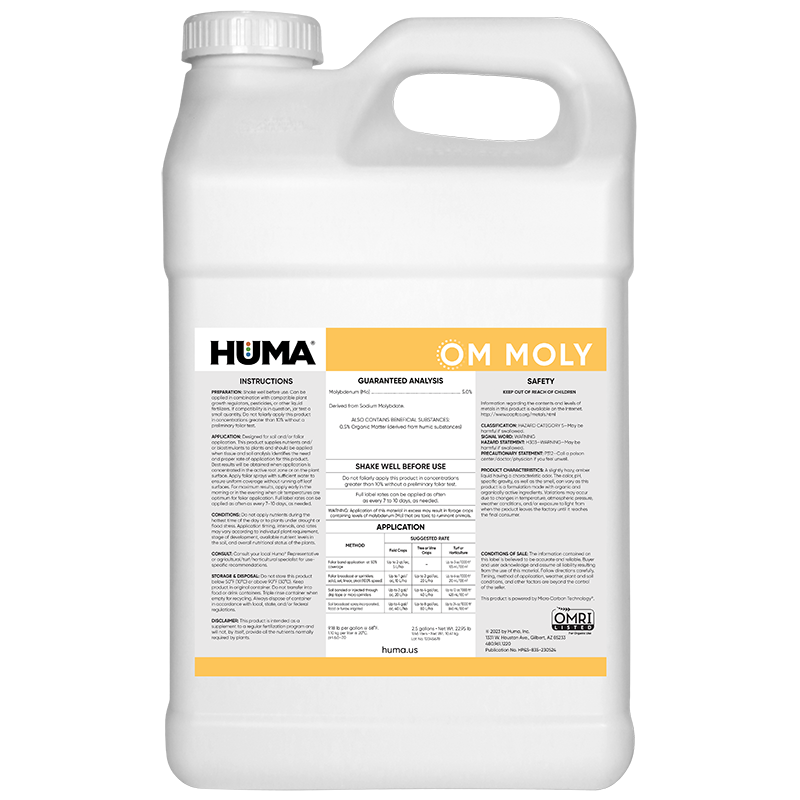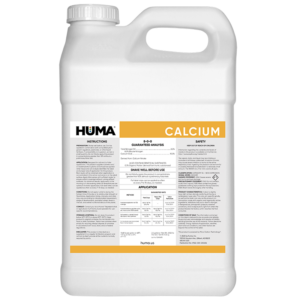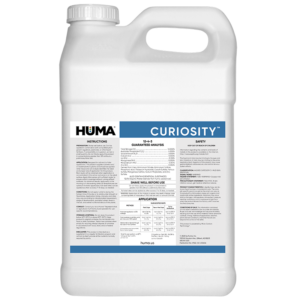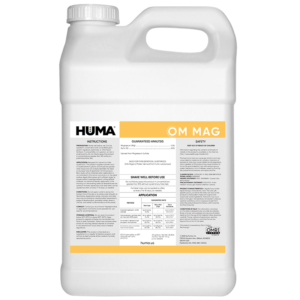OM Moly
Benefits of Use:
- Effectively treats molybdenum deficiency symptoms
- Essential for nitrogen fixation
- Is a co-enzyme necessary to transform nitrogen to amino acids for protein synthesis
- Is essential for the functions of symbiotic nitrogen-fixing bacteria
- Provides quick crop response and can be applied just prior to actual crop need
- Can be applied foliarly (according to label directions) without risk of phytotoxicity
- Can be effectively tank-mixed with other organic crop inputs
Deficiency Symptoms—When to Apply:
- Plant/soil is molybdenum deficient
- In young plants, stunted growth and yellowish-green leaves
- In older leaves, light green followed by yellowing and drying or shedding
- Shoots short, thin; growth upright and spindly; flowering reduced
FAQs
Related Products
Related Case Studies
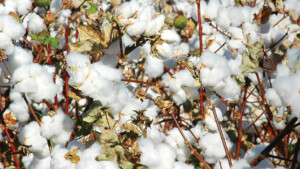
Huma Pro® Mix, pH-Stable Liquid Humic Acid Product, Increases Cotton Lint Yield
Conducted by: Bruce Kirksey, PhD, Agricenter International, Memphis, Tenn. Huma® Product: Huma Pro® Mix Background Scientific research shows that humic and fulvic acids are biostimulants—enhancing nutrient availability and uptake, improving plant root growth and mass, and impacting both crop yield and quality. Humic acid products are not all the same. They are marketed in solid...

Huma® Nutrient and Fumigation Replacement Program Increases Strawberry Yields
Objective This field trial assessed the effects on strawberry yields of replacing field fumigation with periodic applications of Huma® Promax® and Zap® and replacing a grower’s standard fertilizer program with irrigation-applied Ultra-Precision™ blended liquid Huma® crop nutrition products. Materials & Methods This trial was conducted in Arroyo Grande, Calif., using Portola strawberries planted in 40’...

Humic Products Increase Iowa Corn Yield
Background Scientific research shows humic and fulvic acids can have a biostimulant effect on plant root growth and mass, nutrient availability and uptake, and crop yield and quality. Objective The objective of this study was to compare and contrast the immediate effects that three types of humic products from Huma®, Inc. have on corn yield....
Related Blog Posts

This Week in Ag #43
December 8th is #NationalChristmasTreeDay. This of course sets up the great debate, real or fake? While every family weighs the pros and cons of choosing the Tannenbaum they rock around, a popular nation is that fake trees are more eco-friendly. After all, they can keep for many years, right? And isn’t it bad to cut down real trees merely for decoration? Not so fast.

The Fertilgold Organics Product Quality Assurance Process

This Week in Ag #17
Today we commemorate one of the most important dates in history, D-Day. In 1944, the fate of the world literally depended on the success of this amphibious invasion. The bravery of our soldiers abroad – and the perseverance of our grandmothers and great-grandmothers in the factories at home – were paramount to our ultimate victory....

